Marie Curie’s name is synonymous with groundbreaking discoveries that changed the course of science. As the first woman to win a Nobel Prize and the only person to ever receive two in different scientific fields, her pioneering work on radioactivity reshaped our understanding of the atomic world. Despite facing countless challenges in a male-dominated field, her relentless pursuit of knowledge and her extraordinary achievements continue to inspire generations of scientists today.
Introduction to Alcatraz’s Pre-Prison History
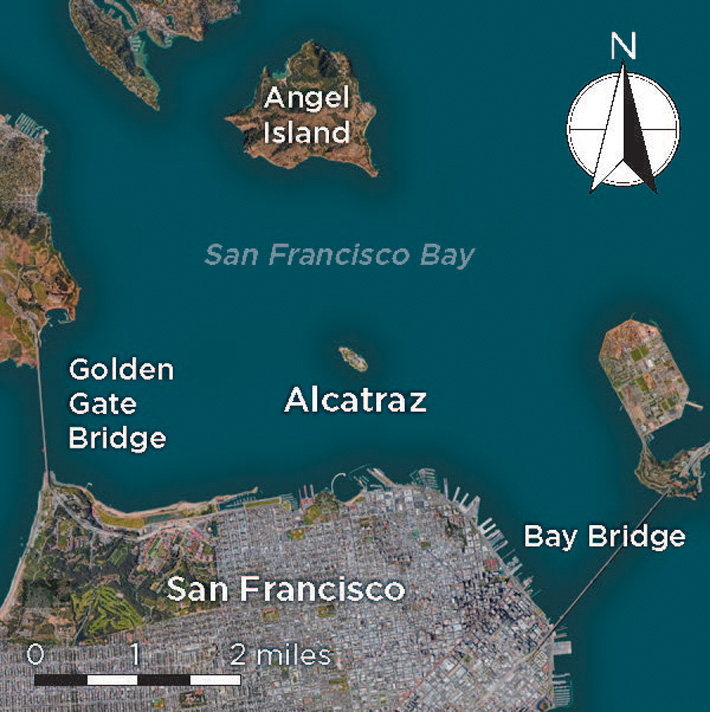
Alcatraz Island, first discovered by Spanish explorer Juan Manuel de Ayala in 1775, was initially named Isla de los Alcatraces, meaning “Island of the Pelicans.” The island’s isolation and rugged terrain made it an inhospitable place, and for centuries, it remained untouched by human activity. However, as the United States expanded westward, the island became an important site for military defense, particularly after the Mexican-American War in 1848 when California was ceded to the U.S. The island’s strategic position, sitting at the entrance to the Golden Gate, made it an ideal location for a military fortification.

Video
Watch the video The Incredible Alcatraz Prison Break to uncover the daring escape from one of the most notorious prisons in history.
Alcatraz as a Military Stronghold
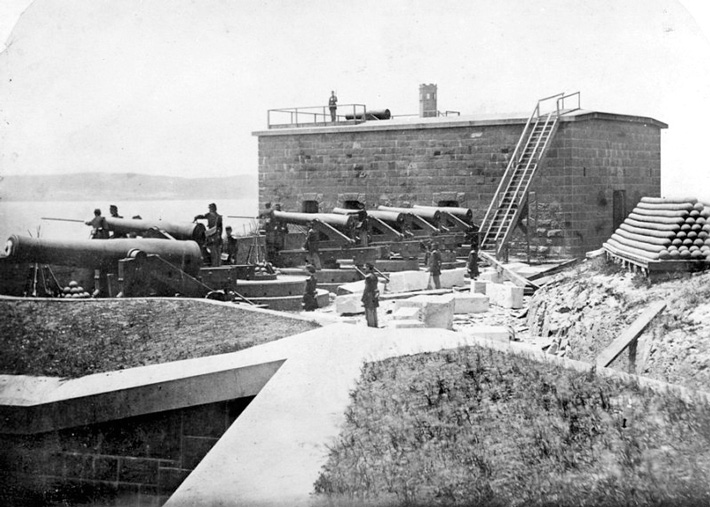
In 1853, the construction of Fort Alcatraz began, marking the island’s first major transformation. The fort was designed to protect the bay from foreign threats, particularly potential maritime attacks. In the mid-19th century, military engineers placed heavy cannons along the fort’s walls to prevent hostile vessels from passing through the Golden Gate Strait. With the Gold Rush fueling a rapid population increase in nearby San Francisco, the need for robust defense systems grew even more pressing.
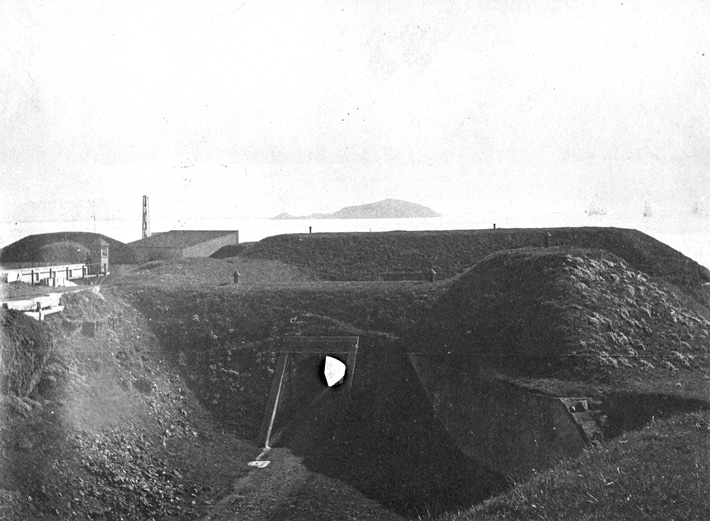
Fort Alcatraz was one of the earliest military fortifications on the West Coast and featured advanced defensive structures like the South Caponier and the North Caponier. These structures were built to provide flanking fire to ward off enemy ships. The island’s first lighthouse, constructed in 1854, further enhanced its role as a vital navigation aid for maritime vessels. In fact, Alcatraz was one of the first places on the West Coast to see such significant infrastructure.
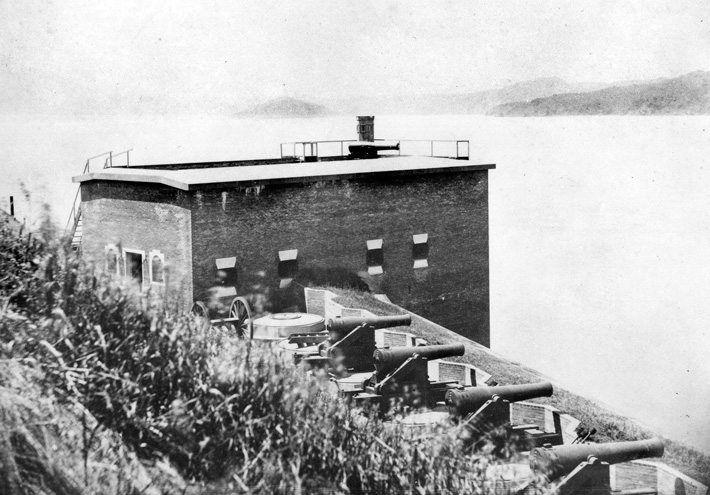
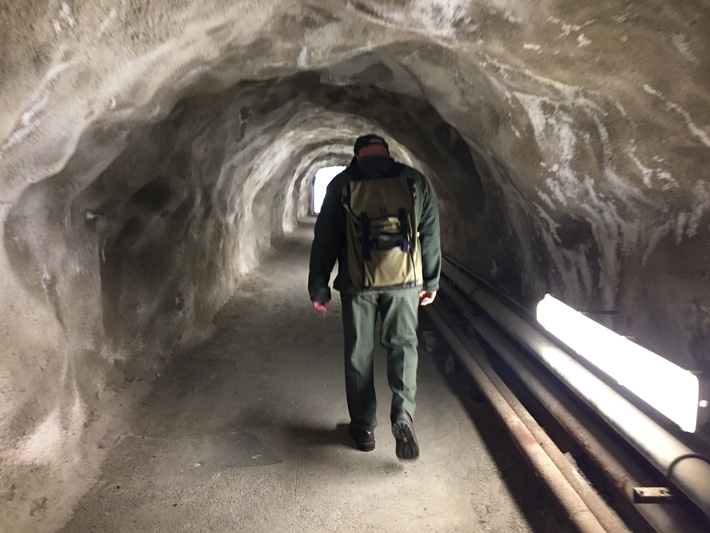
The Evolution of Alcatraz Island
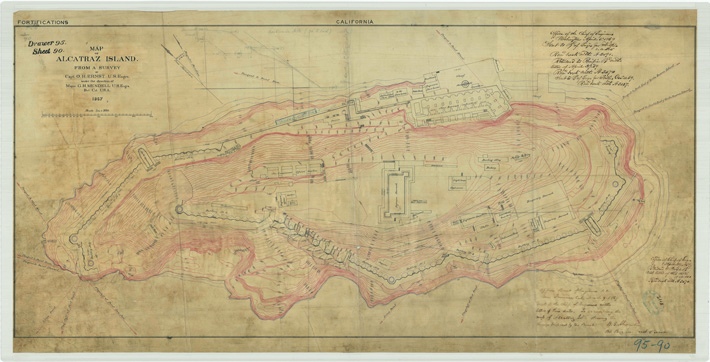
By the late 19th century, the fort’s military significance began to decline as new technologies, such as rifled cannons and improved artillery, rendered the old fortifications obsolete. The fort remained active for a time, but the growing power of new weapons forced engineers to adapt to more advanced defense techniques. These advancements in military technology would eventually transform Alcatraz into a place no longer needed for defense, setting the stage for its future transformation into a federal prison.

In 1912, Alcatraz was repurposed and began its conversion into a maximum-security prison. The prison was strategically located to house the most dangerous criminals in the United States. The island’s isolation made it an ideal setting for a facility designed to hold criminals who were too dangerous for other institutions. The first federal prisoners arrived in 1934, and for the next three decades, the infamous prison operated under the strictest of conditions.
Modern Archaeological Discoveries
While the story of Alcatraz’s prison years is well-known, there is a wealth of hidden history beneath the island’s surface. In recent years, archaeologists have used cutting-edge technologies like ground-penetrating radar, terrestrial laser scanning, and 3-D mapping to uncover remnants of the island’s military past. These non-invasive techniques have allowed researchers to examine the defensive structures buried beneath the layers of later construction.

The archaeological team, led by experts like Peter Gavette, has discovered defensive walls, traverses, and gun positions that were once part of Fort Alcatraz. These structures were initially hidden beneath the prison’s recreation yard and other prison-era buildings. For many years, the fortifications remained overlooked, with much of the historical focus placed on the prison itself. However, these discoveries reveal the island’s important military history and provide insight into the defensive strategies employed during the mid-19th century.
One of the most exciting findings was the discovery of the “Third System” fortifications beneath the prison. This was part of a nationwide system of military structures built in the 1800s to protect U.S. coasts from foreign invasions. At Alcatraz, the remnants of these defensive walls and underground passages reveal how military engineers designed the fort to withstand attacks and serve as a crucial part of the coastal defense system.

The Civil War and Alcatraz’s Role in Defense
During the Civil War, Alcatraz served a critical role in defending the West Coast against Confederate sympathizers and other threats. With the discovery of gold in California, the Bay Area became a bustling hub of commerce, making it an appealing target for Confederate raiders who sought to disrupt trade and sow chaos. Alcatraz was one of the most fortified military sites in the region, and it played a key role in keeping the strategic port of San Francisco secure.
In 1863, a Confederate plot to raid ships along the Pacific Coast was foiled when the U.S. Navy seized the J.M. Chapman, a schooner that was suspected of carrying Confederate sympathizers. This event, along with other military operations, solidified Alcatraz’s role as a crucial defense post during a tumultuous period in U.S. history.
Cultural and Industrial Legacy of Alcatraz
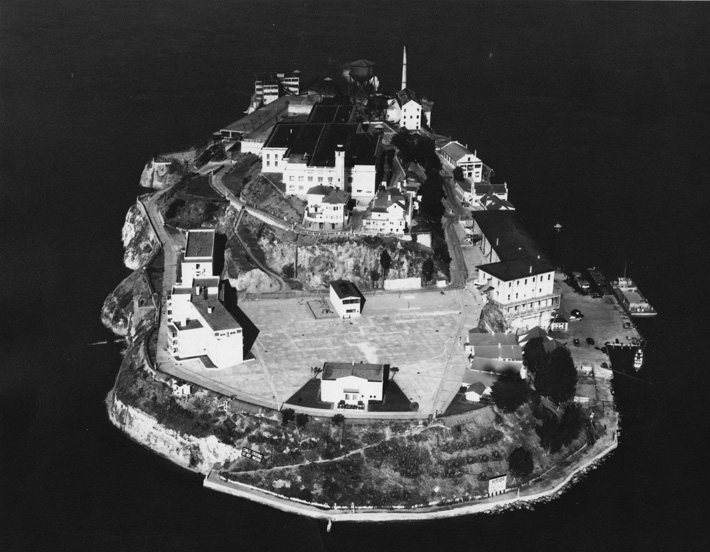
While Alcatraz is most famous for its time as a federal prison, its cultural significance stretches beyond its penal history. The island was a site of major political and cultural movements in the 20th century, most notably the 1969 occupation by the American Indian Movement (AIM). In protest of U.S. policies toward Native Americans, AIM activists took over the abandoned prison facilities, turning Alcatraz into a symbol of Native American rights. The occupation lasted for 19 months and sparked a broader movement for the recognition of Native American issues.
This occupation left a lasting legacy on the island, with graffiti and other signs of protest still visible today. These remnants of the AIM occupation are carefully preserved by the National Park Service, ensuring that the history of the movement is remembered.
Alcatraz Today: A Historical Landmark

Today, Alcatraz is one of the most visited National Park sites in the United States. The prison’s eerie atmosphere, combined with its stunning views of San Francisco Bay, makes it a popular destination for tourists from around the world. Visitors can tour the prison’s notorious cell blocks, see the infamous solitary confinement cells, and explore the island’s many historical sites. The National Park Service has done an excellent job preserving the island’s rich history while also educating the public about its military past.
The archaeological efforts on the island continue to uncover new information about its past, adding depth and nuance to the understanding of this iconic location. Alcatraz’s transformation from a military fort to a prison, and then to a symbol of protest and cultural heritage, reflects the complex layers of history embedded in the island’s rocks.
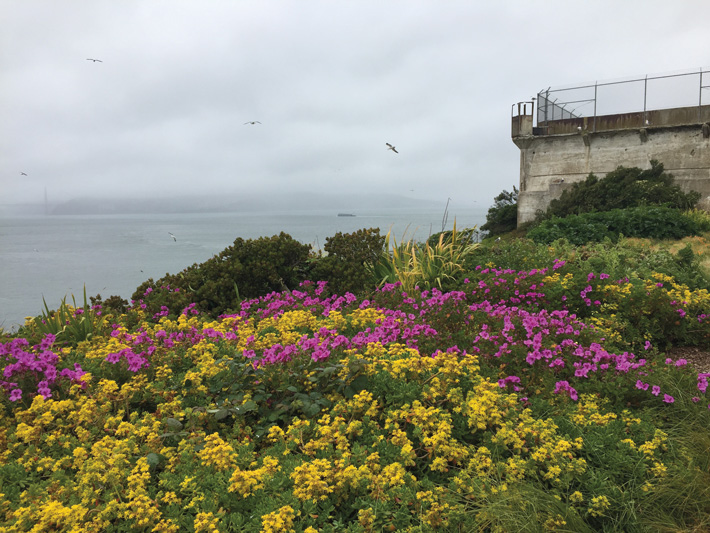
Video
Watch the video What Life Was Like for an Inmate at Alcatraz to discover the harsh realities of life in one of the most infamous prisons.
Conclusion: The Ongoing Story of Alcatraz
Alcatraz Island’s history is far more complex than the tales of notorious criminals and daring escapes that have come to define it. From its early days as a Spanish-named rock to its use as a military fort, the island has played a vital role in shaping the history of the West Coast. Today, it stands as a testament to the power of preservation and the importance of understanding the many layers of history that have shaped the places we visit. Whether through its military past, its time as a prison, or its role in political activism, Alcatraz continues to capture the imagination of visitors and historians alike.



